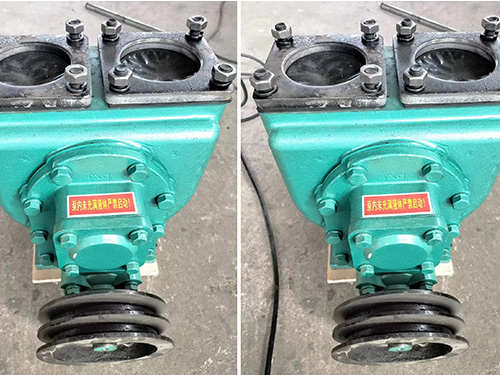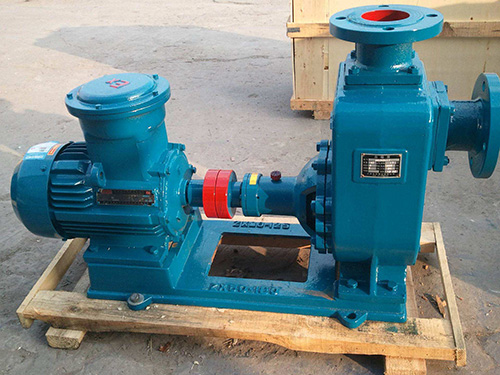How to choose a heat transfer oil pump for a heat transfer oil circulating boiler
2024-10-23 09:25:16
Thermal oil circulating boiler is a heating device that uses thermal oil as a heat transfer medium, commonly used in industries such as petrochemicals, plastics and rubber, textile printing and dyeing. The correct selection of heat transfer oil pump is crucial for ensuring the stable operation of the heat transfer oil circulation system. The following are the main factors to consider when choosing a thermal oil pump:
1. Temperature range
The working temperature of the thermal oil circulation system is usually high, possibly up to 200 ℃ to 400 ℃ or above. Therefore, the selected heat transfer oil pump must be able to withstand this temperature range without causing seal aging, motor failure, or other performance degradation issues due to high temperatures.
2. Material compatibility
Considering the characteristics and possible corrosiveness of the heat transfer oil, the selected pump material needs to be compatible with the heat transfer oil to avoid chemical reactions that may cause damage to the pump body. The commonly used pump materials include cast iron, stainless steel, carbon steel, etc., which should be determined according to the type of heat transfer oil and its working conditions.
3. Head and flow rate
Head refers to the height at which a pump overcomes resistance to raise liquid, while flow rate is the volume of liquid delivered by the pump per unit time. When selecting a heat transfer oil pump, it is necessary to calculate the appropriate head and flow rate based on factors such as the actual pipeline layout, length, diameter, and required heating power to ensure that the pump specifications match the system requirements.
4. Pump type selection
According to different working environments and medium characteristics, various types of heat transfer oil pumps such as centrifugal pumps, gear pumps, screw pumps, etc. can be selected. Among them, gear pumps and screw pumps are suitable for conveying high viscosity media; Centrifugal pumps are more suitable for high-speed flow of low viscosity liquids.
5. Sealing method
The shaft seal of high-temperature heat transfer oil pump is particularly important, generally using mechanical seal or packing seal, among which mechanical seal is more common because it can better resist the influence of high temperature and high pressure, and reduce the risk of leakage.
6. Automatic protection function
Choosing an intelligent heat transfer oil pump with functions such as overheating protection, pressure monitoring, and flow monitoring can automatically shut down in case of abnormal situations, protecting the entire system from damage and improving operational safety and stability.
7. Maintain convenience
Consider whether the structural design of the pump is convenient for daily maintenance and repair, such as replacing vulnerable parts, lubricating bearings, cleaning blockages, etc. This directly affects the service life and overall operating costs of the pump.
In summary, when choosing a heat transfer oil pump, not only should its basic parameters be considered, but also the working environment, medium properties, system configuration, and long-term economic efficiency should be comprehensively considered to ensure that the selected pump type can meet the specific needs of the heat transfer oil circulating boiler and ensure the smooth progress of the production process.

The YHCB high flow pump has the characteristics of large flow rate, high head, small settli...

The CYZ centrifugal pump adopts an axial return liquid pump body structure, which is compos...

Copper gear pump (KCB type) is suitable for conveying lubricating oil or other liquids with...

The car mounted circular arc gear pump can be installed on the car and driven by the output...



